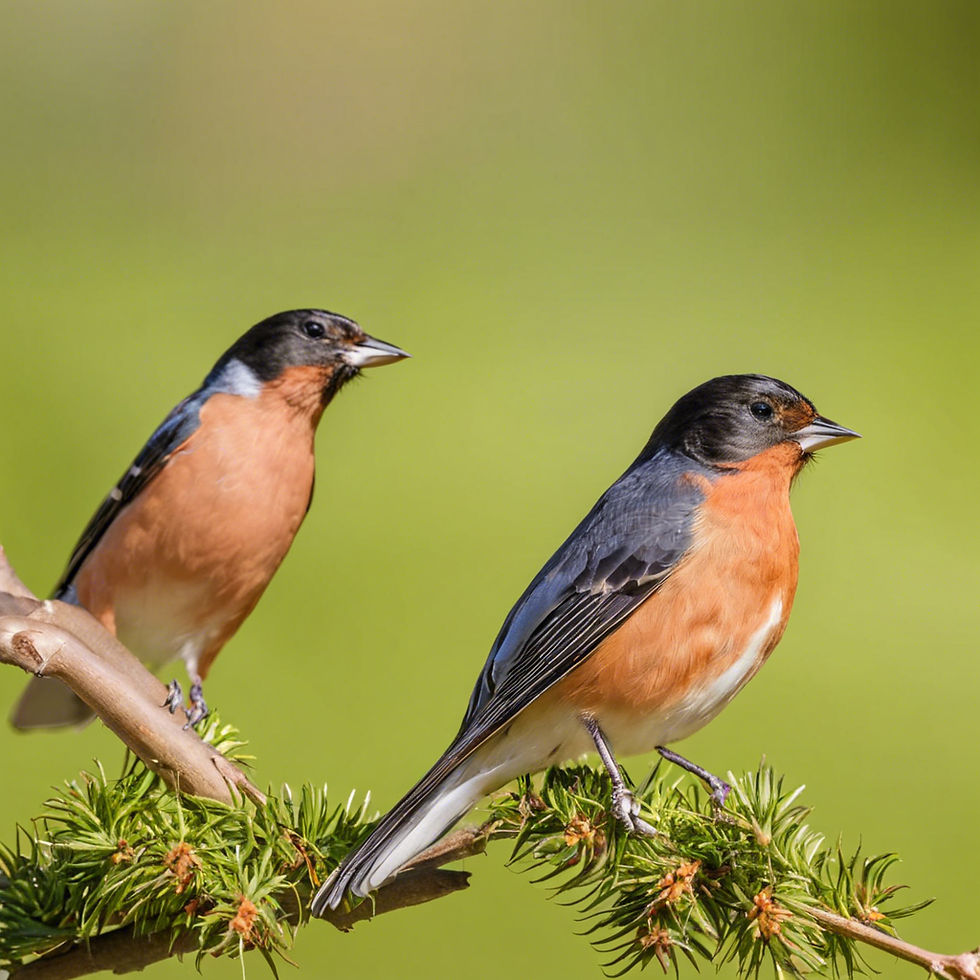Tips for Feeding Birds While Managing Rodents
- Kim Camera
- Sep 18, 2024
- 2 min read
Updated: May 28

Winter can be a challenging time for bird enthusiasts, especially when it comes to managing rodents attracted by bird feeders. Here are some strategies to help you feed your birds while keeping rodents at bay:
Tips for Feeding Birds While Managing Rodents
1. Choose the Right Bird Feeders
Rodent-Proof Feeders: Invest in bird feeders designed to be rodent-resistant. These feeders often have features like baffles, weight-sensitive perches, and enclosed designs that deter rodents from accessing the feed.
Hopper Feeders: Opt for feeders with a design that makes it difficult for rodents to access the feed. Feeders with baffles or those mounted on poles can be effective.
2. Proper Feeder Placement
Elevate Feeders: Place bird feeders on poles at least 5 feet off the ground to make it harder for rodents to reach them. Ensure there are no nearby trees or structures that rodents can use as a launch pad.
Use Baffles: Install baffles on poles below the feeders. These physical barriers prevent rodents from climbing up to the feeders.
3. Clean Up Spillage
Regular Cleaning: Keep the area around your feeders clean. Rodents are attracted to spilled seed, so clean up any debris regularly. Consider using a seed tray or catchment system to catch any fallen seeds.
Vacuum or Sweep: Use a broom or vacuum to remove spilled seeds and other attractants from the ground beneath the feeders.
4. Rodent Deterrents
Repellents: Use natural rodent repellents around the feeder area. Options include peppermint oil, cayenne pepper, or commercial rodent deterrents. Apply these around the base of poles and other areas where rodents might access.
Secure Trash and Feed Storage: Ensure that any additional bird seed or feed is stored in sealed, rodent-proof containers. Keep trash bins tightly closed and away from feeding areas.
5. Implement Rodent Control Measures
Traps: Set up rodent traps around the perimeter of the feeding area. Use traps that are specifically designed for the rodents you're encountering and follow best practices for safe and humane trapping.
Exclusion: Seal any gaps or holes around your home or feeding area where rodents could enter. This reduces the chance of rodents moving from outside to inside.
6. Choose the Right Bird Seed
Bird Seed Mixes: Opt for bird seed mixes that are less attractive to rodents. For example, blends with less millet or cracked corn may be less appealing to rodents while still attracting your desired bird species.
7. Monitor and Adjust
Observe: Keep an eye on your feeders and surrounding area to determine what might be attracting rodents. Adjust your feeding practices based on your observations to improve rodent control.
Seasonal Adjustments: Consider adjusting your feeding practices based on the time of year and the specific rodent problems you're encountering.
Conclusion
Feeding birds during winter is a rewarding experience, but it requires attention to rodent management to ensure both birds and your home remain safe. By implementing these strategies, you can create a rodent-free environment that allows you to enjoy feeding your feathered friends without unwanted visitors.
If you continue to experience issues with rodents, you might also consider consulting with a professional pest control service to tailor a solution to your specific situation.



Comments